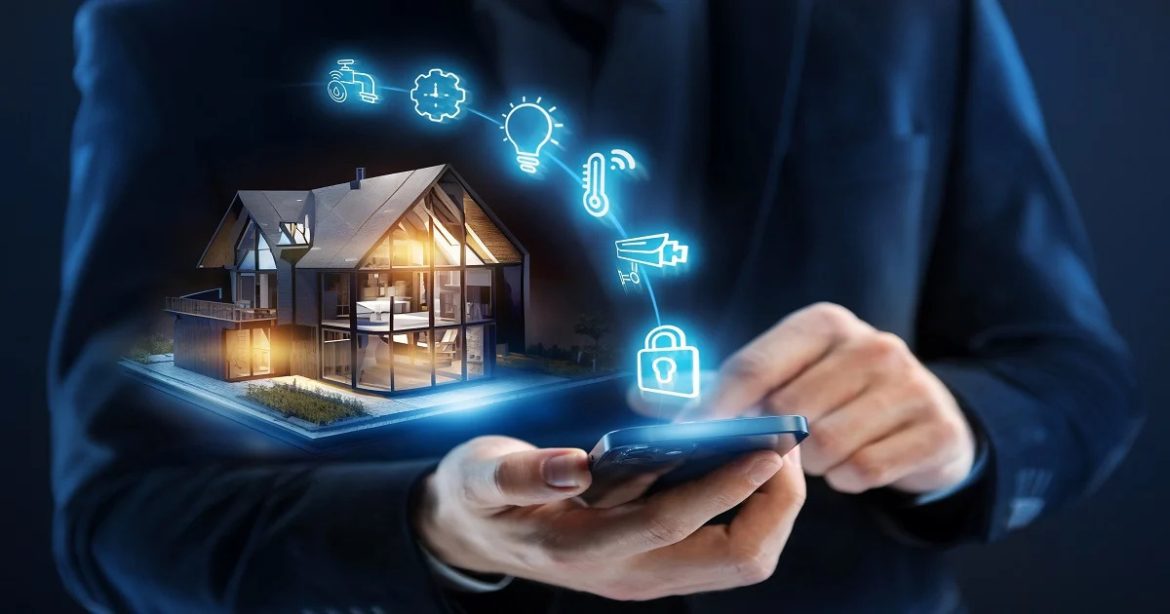Security is a key aspect of a smart home. Video intercoms with facial recognition, door and window sensors, smart locks, and alarm systems provide 24/7 protection. Many of these systems send real-time notifications and allow remote communication with visitors or monitoring of the home’s situation via camera.
Home appliances are also becoming smarter. Refrigerators with touchscreens can create shopping lists, track expiration dates, and even order food online. Washing machines and dishwashers run at night when electricity rates are lower, and robotic vacuum cleaners clean the apartment on a schedule without human intervention.
However, implementing a smart home requires a thoughtful approach. It’s important to consider device compatibility, Wi-Fi network reliability, and cybersecurity. Low-quality gadgets can become a gateway for hackers, so it’s best to choose products from trusted brands with regular firmware updates.
Energy efficiency is another advantage. Smart plugs and consumption sensors allow you to track which appliances consume the most electricity and turn them off manually or automatically. This is especially useful for older appliances, which continue to consume energy even in standby mode.
For the elderly and people with disabilities, a smart home can be a real lifesaver. Voice control, automatic lighting, medication reminders, and emergency call systems help maintain independence and safety. In conclusion, a smart home isn’t a luxury, but a smart investment in comfort, security, and the future. Every year, technologies become more accessible, easier to install, and more intuitive. The key is to start small: one or two devices that solve specific problems, and gradually expand the ecosystem.
Advertising


